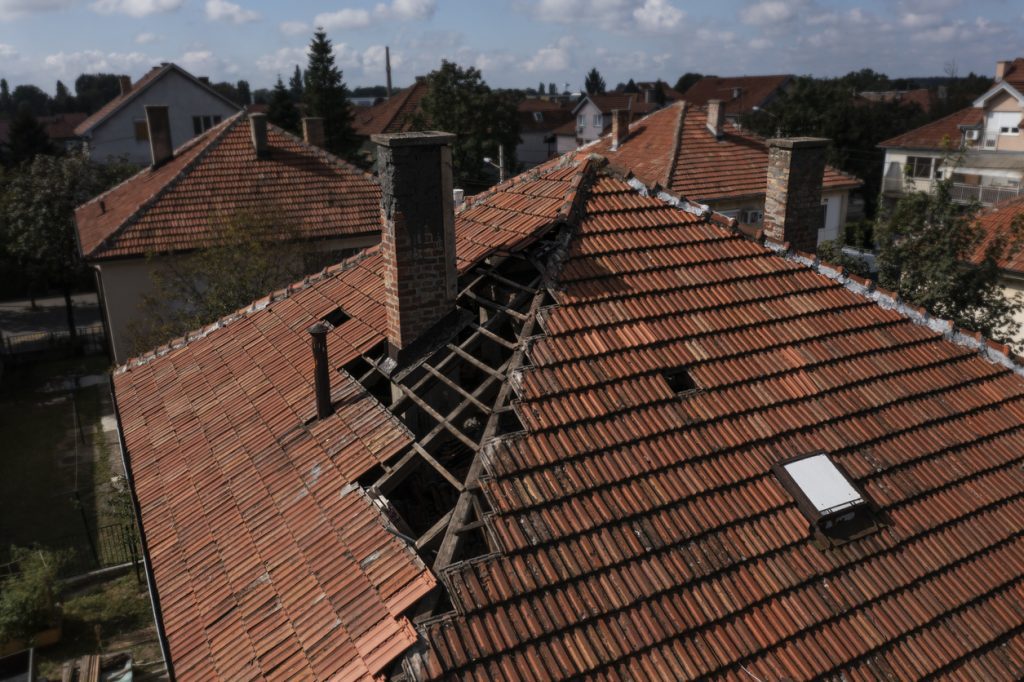Texas Roof Insurance Claims: How to Document Damage Like a Pro
Dealing with storm or hail damage in Texas? Filing a roof insurance claim can be frustrating if you don’t document everything properly. Insurance companies in Texas demand clear, timely, and detailed evidence before releasing payouts. That’s why knowing how to document damage effectively is key to winning your claim.
This guide walks you through how to handle Texas roof insurance claims like a professional—from the first photo you take to the final form you submit. Whether you’re a homeowner or a commercial property owner, this article will empower you to navigate the roof insurance claim process in Texas with confidence.
Understanding Texas Roof Insurance Claims
Filing a roof insurance claim in Texas involves proving that the damage is covered by your policy and wasn’t due to age, neglect, or improper maintenance. Most commonly, Texans file roof claims after events like:
- Hailstorms
- High winds and hurricanes
- Heavy rainfall and leaks
- Fallen tree branches or debris
Insurance companies expect claimants to follow strict procedures for documenting the damage and validating their losses. If documentation is incomplete or inconsistent, it’s easier for insurers to deny or reduce your payout.
Why Documentation Matters in Texas
Texas is a large state with varying weather conditions and insurance regulations. Insurers in Texas often enforce stricter documentation standards, especially since fraudulent or inflated roof claims have increased across the state.
Proper documentation:
- Strengthens your claim
- Reduces chances of denial or underpayment
- Keeps your adjuster accountable
- Expedites the approval process
Step-by-Step: How to Document Roof Damage in Texas
To make sure your roof insurance claim gets taken seriously, you must follow a clear documentation process. Here’s how to do it right.
Step 1: Conduct a Visual Inspection Safely
Before you climb your roof, assess the surroundings for any safety hazards. If the damage is visible from the ground—such as missing shingles, gutter separation, or sagging areas—snap initial photos.
Use the zoom feature on your smartphone or binoculars to inspect the following:
- Shingle damage (cracks, curling, missing pieces)
- Granule loss
- Dented gutters or downspouts
- Exposed underlayment or roof decking
If climbing is unsafe or difficult, hire a roofing contractor or licensed public adjuster to do it safely.
Step 2: Take Time-Stamped, High-Quality Photos
Photos are your most important asset. Ensure they’re:
- Taken in daylight (preferably morning or late afternoon for best lighting)
- Shot from multiple angles
- Showing wide shots and close-ups
- Clearly depicting the date and time (use timestamp settings or metadata)
Capture not only the damage but also intact areas for contrast. For hail damage, take photos of hailstones next to a ruler or coin for size reference.
Step 3: Record a Damage Video
Videos tell a compelling story. Slowly pan over the entire roof while narrating what you see. Highlight specific damage areas and zoom in as needed.
Also, capture indoor damage caused by roof leaks—water stains, mold, dripping ceilings, warped walls. The more visual proof, the better.
Step 4: Keep a Damage Log
Start a damage journal where you:
- Record the date and time of the event
- Note what weather event caused the damage (attach news screenshots as proof)
- Track conversations with contractors or insurance reps
- Log repair quotes and invoices
This written record helps connect the dots when reviewing your claim.
Step 5: Retain All Receipts and Estimates
Keep digital and hard copies of:
- Roofing inspection reports
- Repair or replacement estimates
- Temporary repair invoices (like tarping)
- Material and labor costs
Make sure everything includes dates, breakdowns, and contractor license details.
Tip: Texas law gives you the right to use a contractor of your choice. Don’t let the insurer force their network vendor if you’re uncomfortable.
Resource: Texas Department of Insurance – Roofing FAQs
Navigating the Roof Insurance Claim Process in Texas
The roof insurance claim process in Texas starts the moment damage occurs. Every step you take early on shapes your final settlement.
Step 1: Review Your Policy
Before filing, read your homeowners or commercial insurance policy. Pay attention to:
- Roof replacement cost vs. actual cash value
- Wind/hail deductible (often higher than standard)
- Coverage exclusions (e.g., age-based denial, cosmetic damage clause)
If you’re unsure, consult a public adjuster or insurance attorney for a quick policy review.
Step 2: File the Claim Promptly
Texas law requires policyholders to report property damage “promptly” after discovery. Most companies expect notification within 30 days of the event. File the claim via phone, email, or your insurer’s portal.
Get a claim number and write it down—it’s your case reference moving forward.
Step 3: Schedule an Inspection
The insurer will send an adjuster to inspect the damage. Provide them with your photo evidence, damage log, and any contractor reports. Document their visit by:
- Taking notes
- Asking for their name and license info
- Getting everything in writing
Be present during the inspection or have a public adjuster or contractor represent you.
Step 4: Compare Estimates and Negotiate
It’s common for the insurance company’s estimate to differ from yours. If they offer less, you have the right to:
- Request a reinspection
- Submit additional documentation
- Hire a public adjuster to challenge the amount
Pro Tip: Always get at least two independent estimates. This gives you leverage if you need to dispute.
Step 5: Get Paid and Schedule Repairs
Once approved, your insurance company will issue payment. Some policies pay in installments—ACV first, RCV (replacement cost) after work is completed.
Be cautious about signing “release of liability” forms before you’re fully compensated.
Mistakes to Avoid When Filing Texas Roof Insurance Claims
Documentation mistakes often delay or derail claims. Avoid these common pitfalls:
- Waiting too long to report damage
- Not taking clear photos/videos
- Skipping the written damage log
- Starting major repairs before the adjuster arrives
- Accepting the first offer without comparison
- Forgetting to review your policy
If in doubt, seek professional guidance early.
FAQ: Texas Roof Insurance Claims
How soon should I file a roof insurance claim in Texas?
Answer: As soon as possible—ideally within 30 days. Delays can lead to denial or reduced payouts due to “late notice.”
Will insurance cover an old or aging roof?
Answer: Most policies reduce coverage for roofs over 15–20 years old. They may only pay actual cash value, not full replacement. Check your policy details.
Can I make temporary repairs before the adjuster visits?
Answer: Yes, but document everything first. Save all receipts for tarps or emergency fixes and notify your insurer before permanent work begins.
Should I hire a public adjuster in Texas?
Answer: If your claim is large, complex, or has been underpaid/denied, hiring a licensed public adjuster can help maximize your payout and ensure proper documentation.
What happens if my claim is denied?
Answer: You can appeal the decision, request a reinspection, or hire a public adjuster or attorney to reopen the claim. Make sure your documentation is solid.
Does hail damage always show visible signs?
Answer: No. Some hail damage may not be visible immediately. That’s why professional inspections and detailed documentation are crucial.
Final Thoughts: Be Prepared, Be Proactive
Roof insurance claims in Texas don’t have to be a nightmare—if you document like a pro. From photos to policy reviews, being thorough and timely is your best protection. Don’t wait until the adjuster shows up. Be proactive and take charge of your claim with clear, indisputable evidence.
Remember, your roof protects your home—so protect your claim with the same care.
Need Help Documenting Roof Damage in Texas?
If you’re overwhelmed by the process or unsure where to begin, you’re not alone. Get expert help from professionals who know how to deal with insurers, document damage, and fight for fair compensation.
Let the Roof Damage Texas team take the pressure off your shoulders. Whether you’re facing delays, denials, or just need guidance, you can count on Roof Damage Help to step in and get results.



